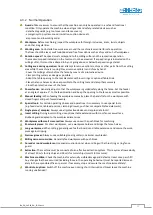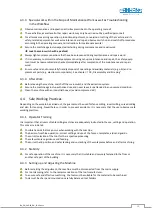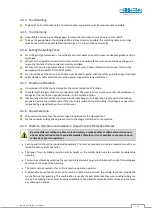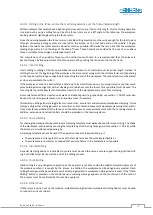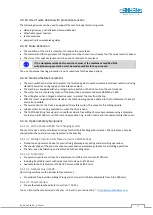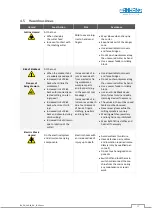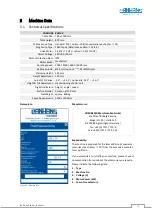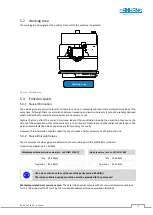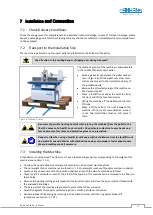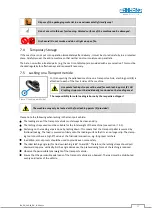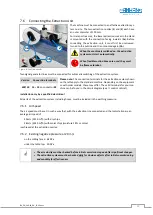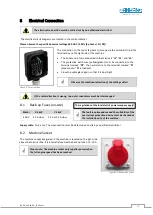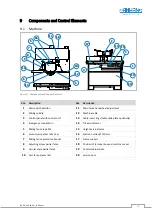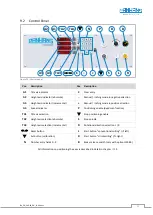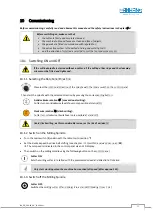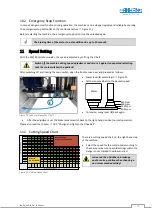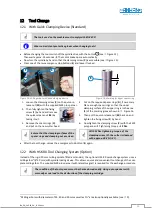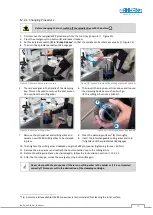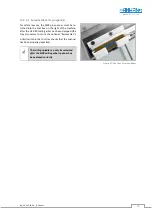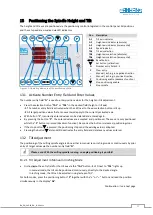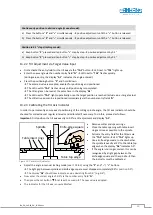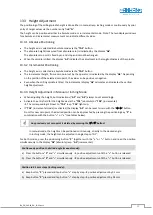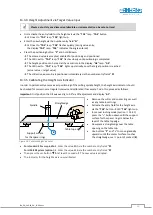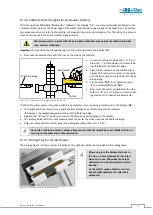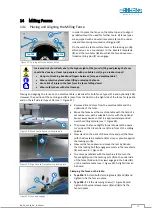
BA_PH_245-20_EN_15-22.docx
27
Dispose of the packaging material in an environmentally friendly way!
Do not use nitro thinner for cleaning. Painted surfaces of the machine can be damaged.
Fire hazard! Do not smoke and do not light an open fire.
7.4
Temporary Storage
If the machine is not put into operation immediately after delivery, it must be stored carefully in a protected
place. Carefully cover the entire machine so that neither dust nor moisture can penetrate.
The bare, non-surface-treated parts (e.g. the cast iron tabletop) are provided with a preservative. This must be
checked regularly for effectiveness and renewed if necessary.
7.5
Lashing on a Transport Vehicle
Figure 7: Lashing points (4 x)
For transporting the palletised machine on a transport vehicle, a lashing point (
Z
) is
attached to each of the four 4 sides of the machine.
The responsibility for safe loading is borne by the respective shipper!
A separate lashing strap must be used for each lashing point (Z). All
4 lashing straps must be individually tensioned on the loading area!
The machine may only be lashed at the four lashing points (Z) provided!
Please note the following when lashing in the transport vehicle:
•
The loading area of the transport vehicle must always be clean and dry.
•
The lashing straps used must be suitable for the total weight of the machine (see section
•
Fastening on the loading area is done by lashing down: This means that the transport pallet is secured by
frictional locking. The load is pressed so firmly onto the loading surface that it can no longer slip. The clamp-
ing tool should have a high STF value at the frictional connection, e.g. long-lever ratchets.
•
In addition, anti-slip mats should be used to provide even more safety.
•
The ideal lashing angle (α) for tie
-down lashing is 83° to and 90°. Therefore, the lashing straps should pull
downwards approx. vertically. As the angle decreases, the pretensioning force of the lashing is reduced.
•
Observe the permissible total weight of the transport vehicle.
•
Ensure that the permissible axle loads of the transport vehicle are observed. The load must be distributed
evenly on all axles of the vehicle.
Z





